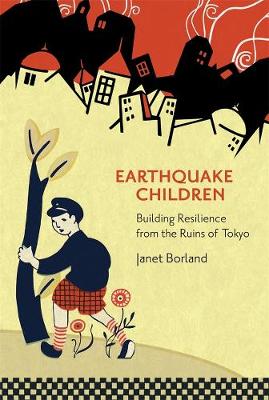
Japan, as recent history has powerfully illustrated, is one of the world’s most earthquake-prone countries. Today it is also one of the best prepared to face such seismic risk. This was not always the case. Earthquake Children is the first book to examine the origins of modern Japan’s infrastructure of resilience. Drawing from a rich collection of previously unexplored sources, Janet Borland vividly illustrates that Japan’s contemporary culture of disaster preparedness and its people’s ability to respond calmly in a time of emergency are the result of learned and practiced behaviors. She traces their roots to the 1923 Great Kant? Earthquake, which killed over 100,000 people when it struck the Tokyo region. Beyond providing new perspectives on Japan’s seismic past, the history of childhood, and everyday life in interwar Japan, Borland challenges the popular idea that Japanese people owe their resilience to some innate sense of calm under pressure. Tokyo’s traumatic experiences in 1923 convinced government officials, seismologists, teachers, physicians, and architects that Japan must better prepare for future disasters. Earthquake Children documents how children, schools, and education became the primary tools through which experts sought to build a disaster-prepared society and nation that would withstand nature’s furies.
| ISBN: | 9780674247826 |
| Publication date: | 11th August 2020 |
| Author: | Janet Borland |
| Publisher: | Harvard University, Asia Center |
| Format: | Hardback |
| Pagination: | 352 pages |
| Series: | Harvard East Asian Monographs |
| Genres: |
Asian history Social impact of disasters Children’s / Teenage: Social issues City and town planning: architectural aspects |